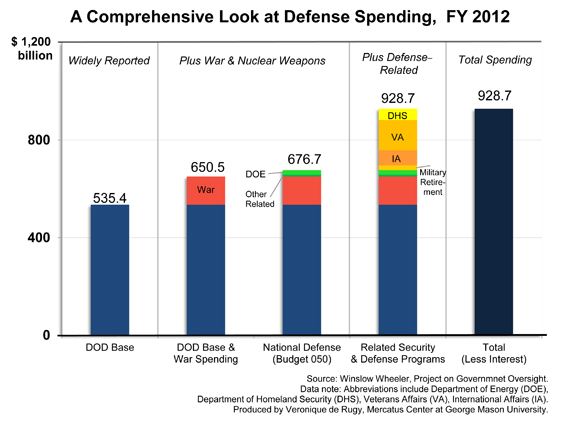One of the major strategies pursued by the Department of Environment during my tenure was to protect our national biodiversity. Thus various measures were taken to increase the level of protected areas, protect the natural habitats of endangered or indigenous species and to prevent damage to precious ecosystems such as the wetlands, range lands and forests. Since forest exploitation projects had been underway long before this period and since the jurisdiction of forest management had been given to another ministry, it was very difficult to maintain this protection policy for the pristine forests in Alborz and Zagros mountain ranges. These forests and rangelands which were considered stemming from the ancient Hirkanian forests had to be brought under the protection scheme of the Supreme Council of Environmental Protection based on the related laws and regulations. Many groups and individuals were seriously against this strategy since, the exploitation of natural forests and felling of trees and the ensuing profits would be seriously affected. During those years we adopted several measures to enhance biodiversity conservation through the protection of habitats. In 1998 we adopted a bill designating 10 % of all pristine forests in Iran as
protected area, During these years the Supreme Council of the Environment approved several new protected areas as well as National Parks in precious ecosystems including forests and wetlands, thereby increasing the area of protected areas to over 7.5% in 2005 from 4.5% in 1997. In those years we also adopted a bill seriously limiting exploitation of natural forests and then another bill on the standards for sustainable management of forest ecosystems. In addition a major project to protect the Zagros forests was also enacted. Most important I felt was my constant visits and news conferences and interviews on the specific subject of forests and protected areas, which would create a difficult atmosphere for opponents of this policy. These policies were promoted by DOE employees, rangers, NGOs and independent media, thus transforming the concept into a nationwide campaign.
The change of government in 2005 brought about a change in strategy and priorities. The Supreme Council of the Environment was illegally annulled many conservation policies abandoned while NGOs and independent media faced severe setbacks. Even though certain positive measures have been taken during these years and while many efforts are still underway, the general conditions of natural ecosystems are not favorable and protection schemes do not face priority.
 |
| Sarigol National Park , North Khorasan |
 |
| Paband National Park , Mazandaran |
Nevertheless, prospects for change are positive. since we have elections both for a new President and for nationwide city and village councils in June 2013. We look forward to a revival of environmentalists and pro conservation policies in Iran in the future.



 .
.